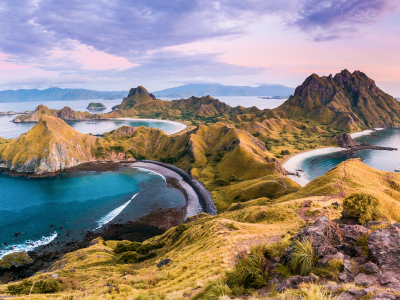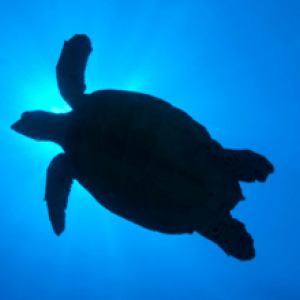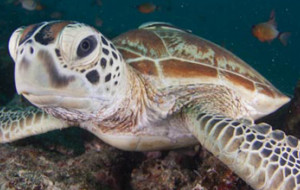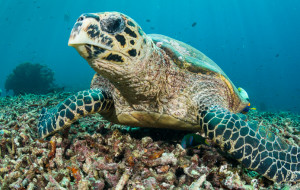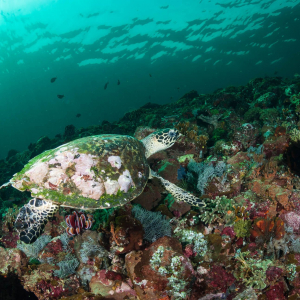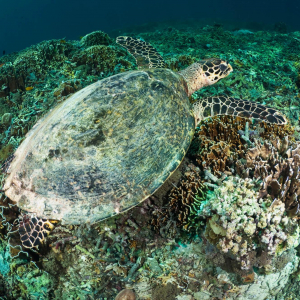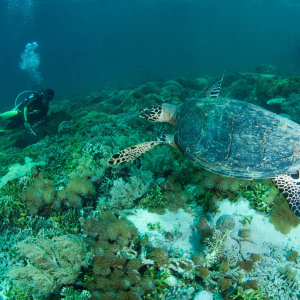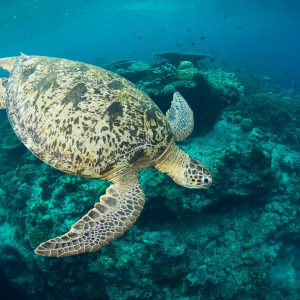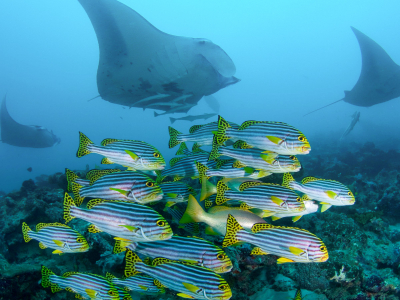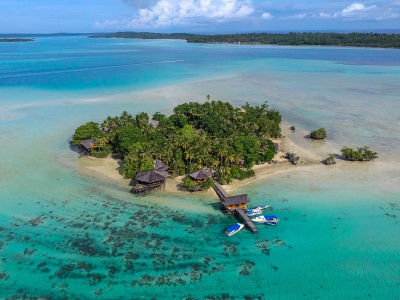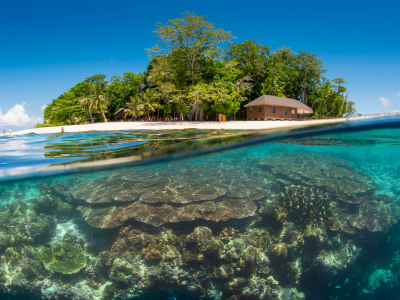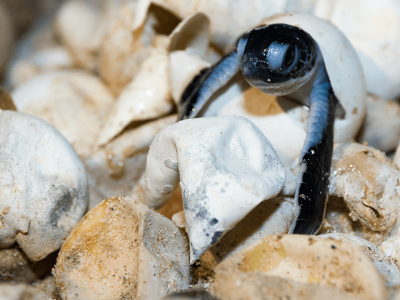Dive the most biodiverse seas on earth, home to pristine coral reefs, manta rays, whale sharks and spectacular species, in the heart of the coral triangle. ...
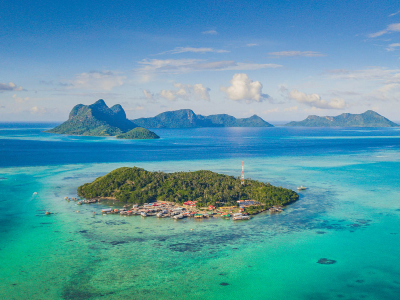
Explore the ultimate country of contrasts, where ancient rainforests meet modern, multicultural cities, and miniscule muck critters share the scuba diving spotlight with turtles, sharks and much more. ...
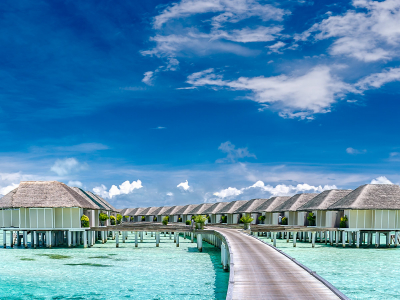
Idyllic islands, spectacular resorts and astonishing encounters with manta rays and whale sharks - the Maldives delivers both five-star luxury and exceptional scuba diving experiences across the atoll ...
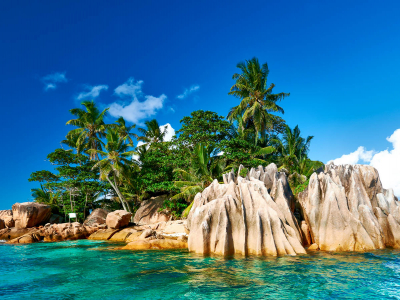
Discover the spellbinding natural beauty of the Seychelles, with enticing scuba diving, fascinating cultural heritage, and a signature blend of luxury and adventure. ...
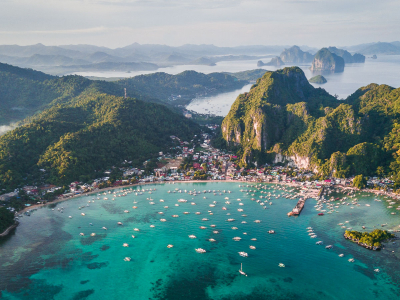
Explore beaches, culture and dramatic landscapes, and dive the Philippines exciting reefs and wrecks, with rare sharks, turtles, muck critters and more! ...
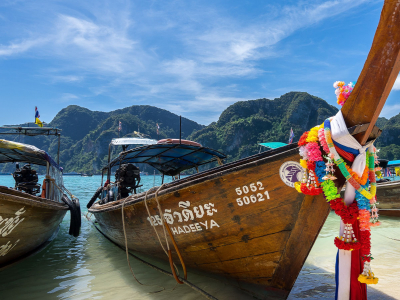
Laze all day and dance all night, seek seclusion surrounded by striking natural landscapes, or dive some of the world’s favourite sites in the land of smiles. ...
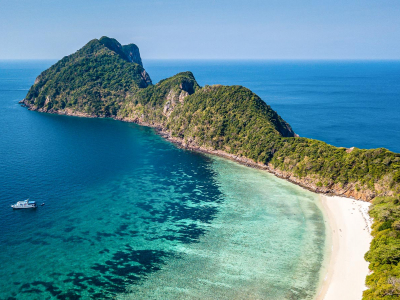
Explore one of the last scuba diving frontiers on earth, surrounded by nothing but fish and the idyllic, unexplored islands of the Mergui Archipelago. ...
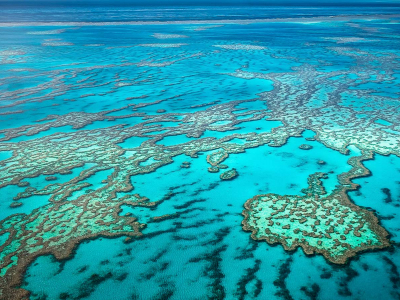
From the outback to the ocean, Australia offers a near endless selection of incredible adventures – including scuba diving and exploring two of the world’s most extensive coral reefs, world-class wrec ...
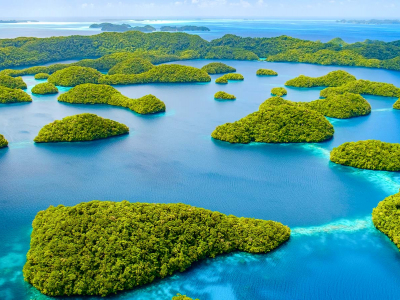
Explore idyllic island chains scattered across the Pacific Ocean, home to pristine reefs, abundant marine life, and wartime shipwrecks - along with some of the best scuba diving in the world ...
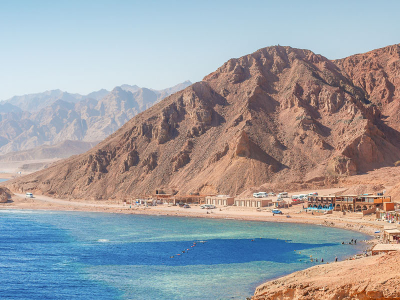
Explore coral reefs, venture deep inside shipwrecks and caverns, and come face to face with sharks, in this extraordinary and adventurous dive destination. ...
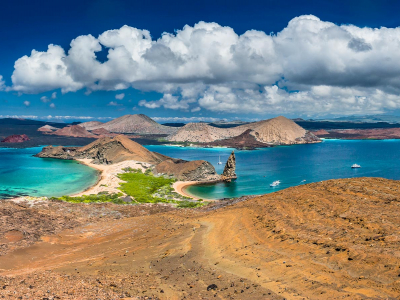
Hike the world’s longest mountain range, carve paths through the mighty Amazon rainforest, and scuba dive with hundreds of hammerhead sharks - Ecuador is a true adventurer’s paradise. ...
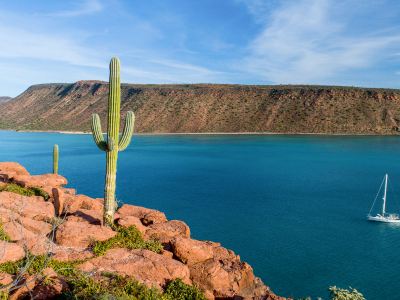
Beautiful beaches, ancient cultures, and dramatic landscapes blend perfectly with world-class diving in this destination known for its thriving reefs, stunning cenotes, and marine life! ...
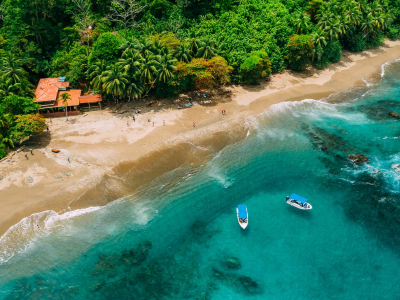
Discover exceptional biodiversity and unique dive experiences in this sustainable travel destination - with adrenaline-charged pelagic encounters, migrating cetaceans, and more. ...
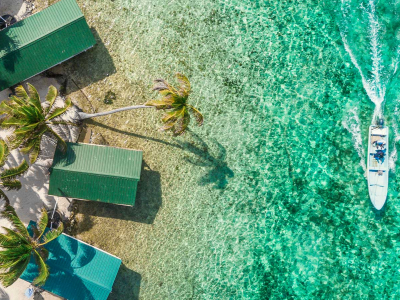
Explore Belize’s eclectic mix of cultures, ruins and jungle, then head to the coast for remote cayes, beaches and the spectacular barrier reef - home to some of the best diving in the Caribbean. ...
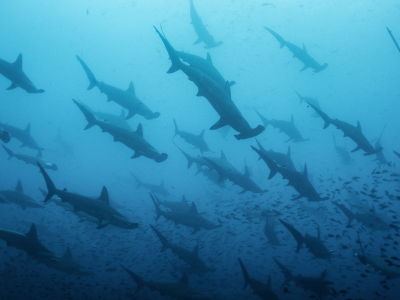
Scuba diving in Colombia is as lively as the country itself, offering a dream line-up of powerful pelagics - including hammerheads and other shark species schooling by the hundreds, if not thousands. ...
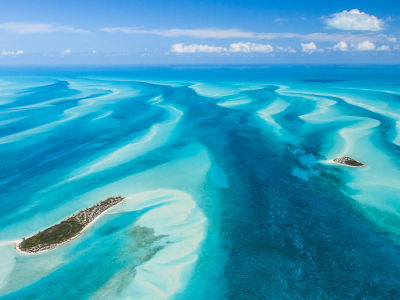
The Bahamas is an idyllic island nation renowned for casual Caribbean vibes and exceptional adventures, including incredible shark diving and exploring coral islands and cays ...
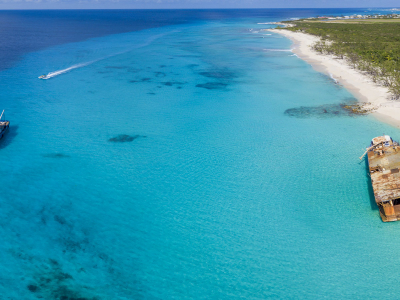
Explore beautiful beaches and a unique culture, dramatic limestone landscapes and the Turks and Caicos’ superb diving - complete with thriving reefs, plunging walls, and sharks ...
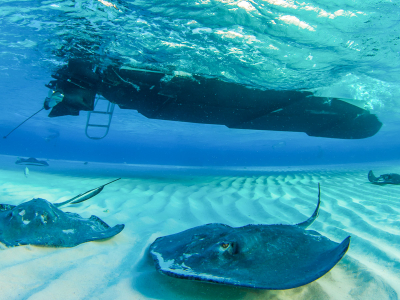
Explore the Cayman Islands and dive a different site every day of the year, including some of the best wrecks and walls in the Caribbean, and the famous Stingray City ...
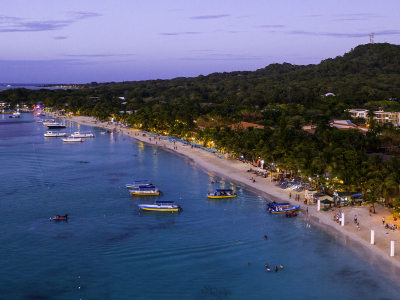
The small Central American nation of Honduras punches well above its weight when it comes to dive adventures, offering some of the best - and most affordable - scuba diving experiences in the world. ...
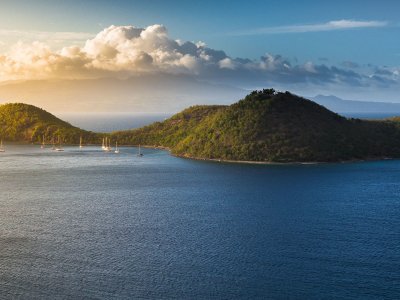
An idyllic tropical getaway destination, the Leeward Islands are home to a kaleidoscope of cultures, unique island experiences, and unparalleled scuba diving for all. ...
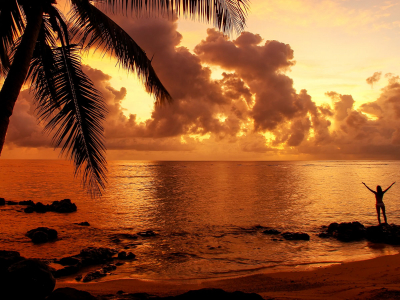
The quintessential castaway paradise, Fiji offers an idyllic Pacific escape with beautiful resorts and islands to explore, plus exceptional reef and shark diving ...
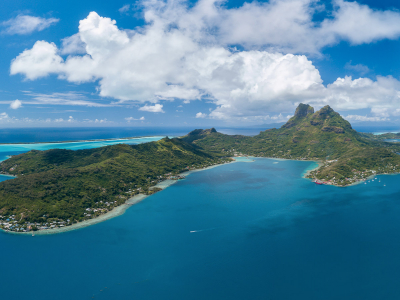
Discover the mythical islands of French Polynesia, home to enchanting tropical landscapes and world-renowned watersports, including outstanding shark dives. ...
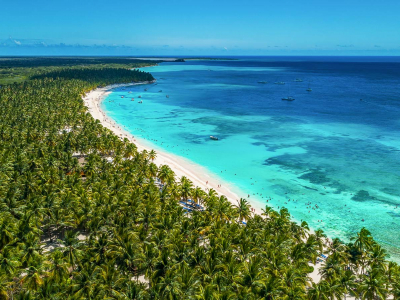
Often characterised solely by its beaches, the Dominican Republic is a diverse nation with plenty to explore – from colonial history and lively culture, to contrasting landscapes and scintillating oce ...
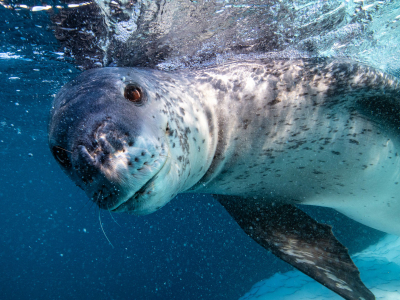
The Antarctic represents one of the world's last truly wild frontiers, guaranteeing stark, untouched scenery, unique encounters with wildlife, and a genuine, unbridled sense of adventure. ...
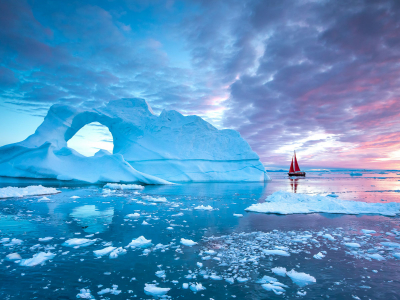
The Arctic covers a vast area of sea, ice and land within the Arctic Circle - a frontier like no other, defined by the polar night and midnight sun. This spectacular region offers visitors the chance ...
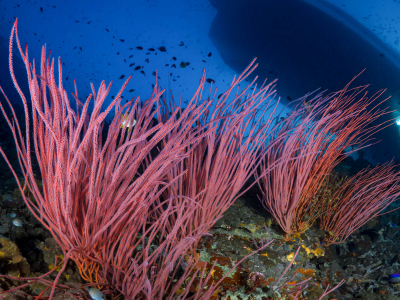
Papua New Guinea's fabled scuba diving is simply world-class, with everything from healthy corals and current-swept seamounts, to WWII wrecks and the original muck sites. ...

